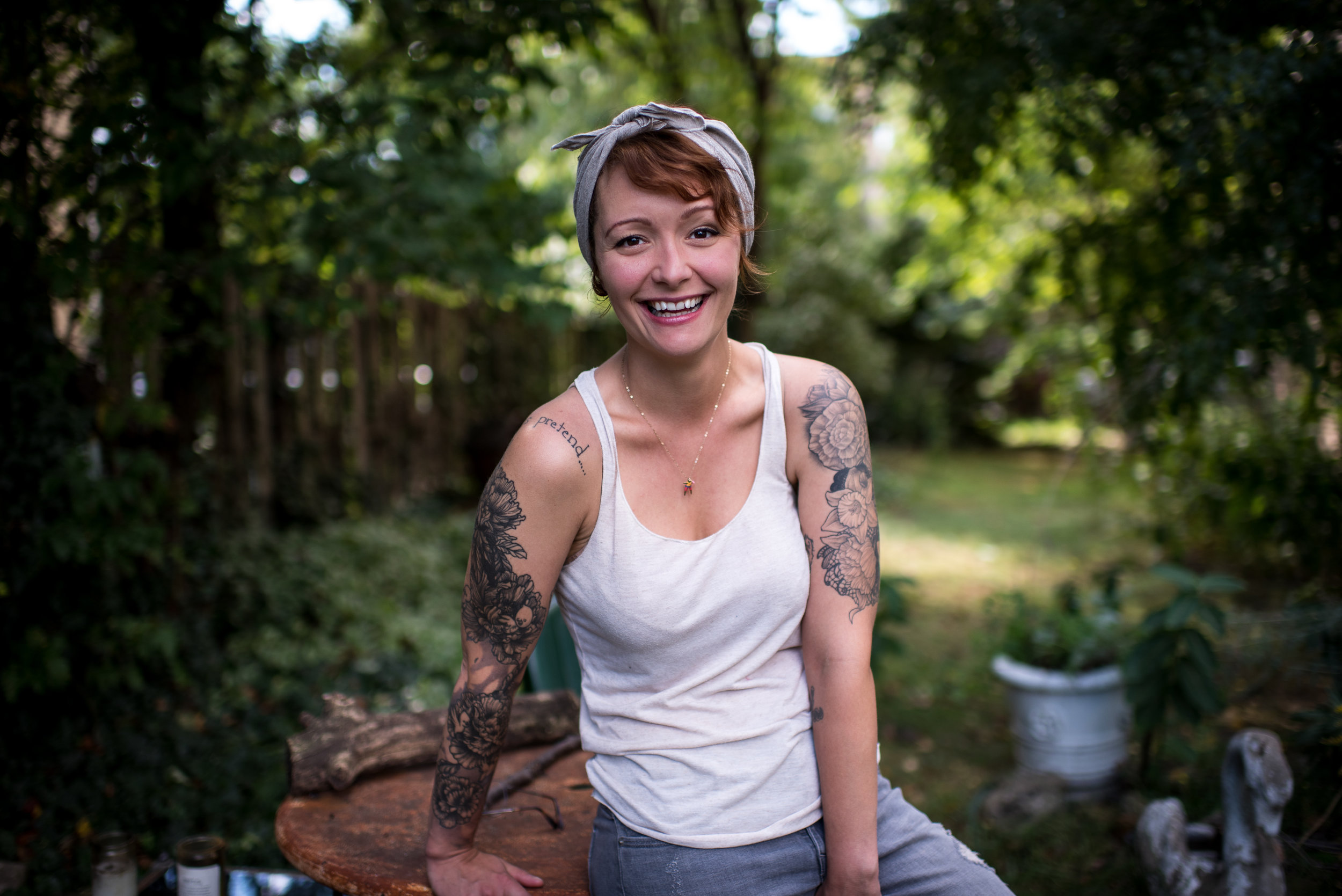A few months ago I posted a blog called, “Teaching While Tattooed.” Ever since the post I’ve been asked details about the curriculum. Everything from, “how did it start?” to the individual lessons, the idea of using a nonconventional topic to teach traditional subjects has drawn a lot of questions. I’m going to be taking the next few blog posts to break down what is one of my favorite explorations ever. Let’s start with the beginning. Observation.
I cannot say enough about the art of observation. Before we jump right in, I want to acknowledge that finding time to take authentic anecdotal notes is hard to do. In a classroom of twenty children we often find ourselves putting out more fires than we want. Between running around, classroom management, and taking ahold of “teachable moments”, being able to sit to take notes on play is a luxury many of us don’t have. But it can be done.
Observation tips:
· See what is actually happening and not what you want to happen. I cannot tell you how many times I saw a possible interest topic, got excited about all of the possible lessons to create, and then became disappointed when it was a onetime fluke. So how do you tell the between a fluke and a sincere interest?
· Provocations, provocations, provocations. Once the teachers in the classroom noticed a thread in the children’s play we would put out provocations to “test” their interest. For example if the children were playing farm on Monday we would put out items in the dramatic play area to support farm exploration on Tuesday. Sometimes it the the interest continued other times...not so much. You just have to wait and see what is truly happening.
· Rely on other teachers and assistance to help you take observations. Having multiple sets of eyes in the class room is crucial when it comes to anecdotal notes. It is just as important to have an opportunity to check in. Asking what the others noticed and then creating multiple directions together for possible curriculums is one of the biggest assist in creating authentic explorations.
· When in doubt ask the kids. Ask them why they’ve been playing______. Ask them what they find interesting about______. Let them assist you in selecting their learning topics. After all the more they are interest the more they take from the exploration.
On to tattoos
The first day I wore a shirt which exposed my tattoos, the children took notice. They started asking me question after question about “why, what, when, how…and did it hurt.” At first I didn’t think much of it. Just children interested and confused about the ideas of permanence and altering appearance. Although their questions tended to dominate most conversations, I brushed off the idea of exploring the topic further.
Then one Monday several of the children came in sporting temporary tattoos. “Look, I’m just like you.” “You lied. This didn’t hurt.” The children showed off their tattoos to the class and several of them wanted to discuss their tattoos with everyone at rug time. All of the children in the class engaged in the discussion and the next day several more children came in flashing new pieces. I have to be honest, although all the makings were there for a class driven exploration, I didn’t see it. Maybe I was just too close to the topic. Maybe I was just too new of a teacher and not ready to take on an untraditional topic as inspiration for an exploration. But I didn’t see it, my co-teacher did. After a long discussion about what we noticed she told me that despite the unusual topic we should pose the idea to the children. At rug the next day we had a discussion about tattoos and if they thought we should learn more about them. The children became extremely excited. The children created a list of topics they wanted to know and that was the start.
If it wasn’t for conversations and observations, we would have never decided to embark on this study.
Next up: How we inserted math, science, literature in the topic of tattoos.

